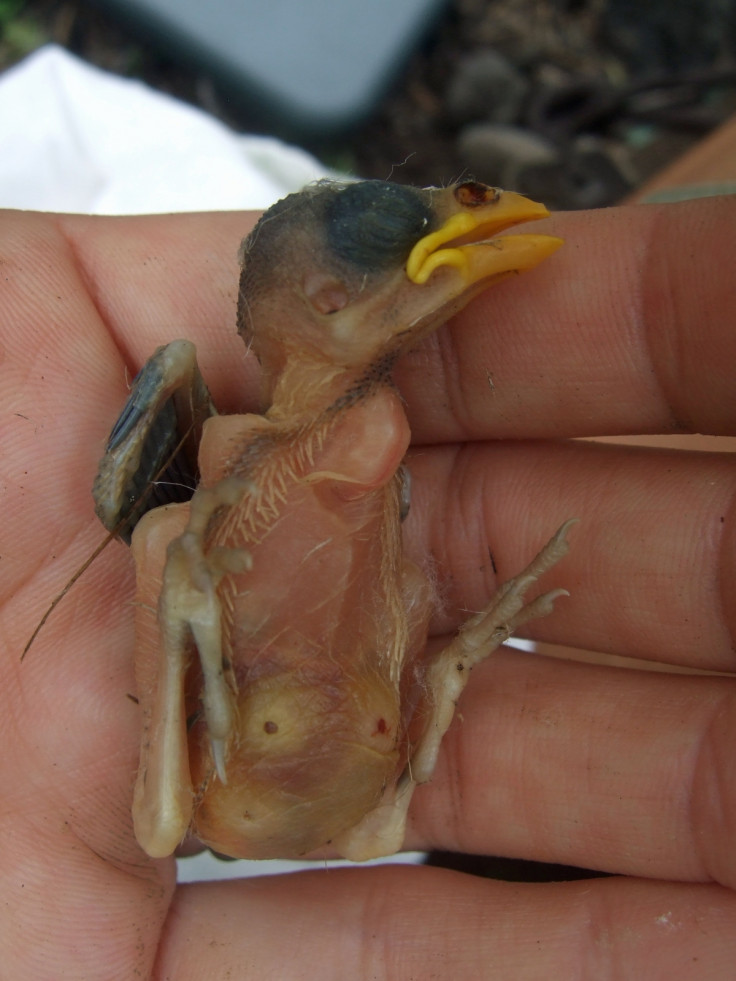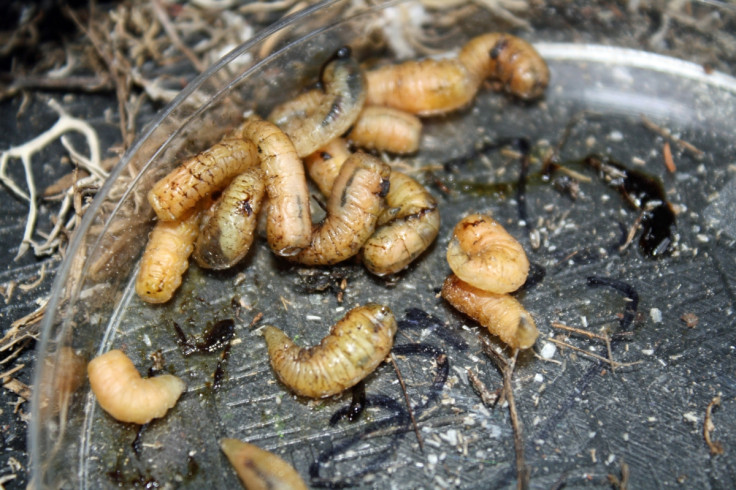Darwin's finches face extinction within decades because of parasitic flies on Galapagos Islands

The birds that helped inspire the theory of evolution could go extinct in just decades, scientists have warned. Researchers say Darwin's finches could be wiped out by parasitic flies that arrived on the islands in the 1960s in as little as 50 years.
Darwin's finches were important to the theory of natural selection, having diversified into new species around three to five million years ago. They are one of the best examples of speciation, with Darwin observing how different Galapagos finch species had varying beak and body sizes. There are up to 18 species of finches now living on the island.
However, the arrival of the parasitic nest fly Philornis downsi could signal the end of the species. The flies were first documented in bird nests in 1997 and damage the health of the birds by causing reproduction problems. It lays its eggs in bird nests, which hatch into parasitic larvae and feast on the blood and flesh of developing nestlings. It has caused significant mortality among Darwin's finch nestlings.
Scientists from the University of Utah have now carried out mathematical simulations to show the fate of the birds over the coming years. The findings, published in the Journal of Applied Ecology, reveal that even the most abundant species – the medium ground finches (Geospiza fortis) – are not safe.

Using five years' worth of data, they documented how flies damaged reproduction. They found that finches were more likely to breed successfully and survive during years when there is quite high rainfall. In years were there is either extreme rainfall or dryness, survival rates fall.
They did three simulations – one weighing towards more bad years for finch survival, one equally weighed and a third where conditions were in their favour. They included nine variables, such as the probability of nests being infested and to what extent the proportion of adult finches survives each year.
In the bad scenario, finches went extinct in 50 years. In equal weighting, they were lost in 80 years and in the good situation they did not go extinct. "In two of the three scenarios tested, our model predicted that medium ground finch populations on the island of Santa Cruz were declining and at risk of extinction within the next century," they concluded.
However, they also noted the research only included female finches and may have underestimated extinction risk by ignoring other factors, such as the female's ability to find a mate when populations fall.

All is not lost though. The team said pest control efforts could help to save the species. A 40% reduction in fly infestation in nests would extend time of extinction by 60 years – meaning even in the worst scenario they would not be gone for at least 100 years.
"[The study] is not all doom and gloom. Our mathematical model also shows that a modest reduction in the prevalence of the fly - through human intervention and management - would alleviate the extinction risk," said Dale Clayton, senior author of the study.
"[It is also possible] there will be a rapid evolutionary response by the birds, and their immune systems would rapidly develop the ability to combat the fly. That happens in other animals. The question is, will these finches have enough time to develop effective defences before they are driven to extinction by the fly? It's an arms race."
© Copyright IBTimes 2025. All rights reserved.






















